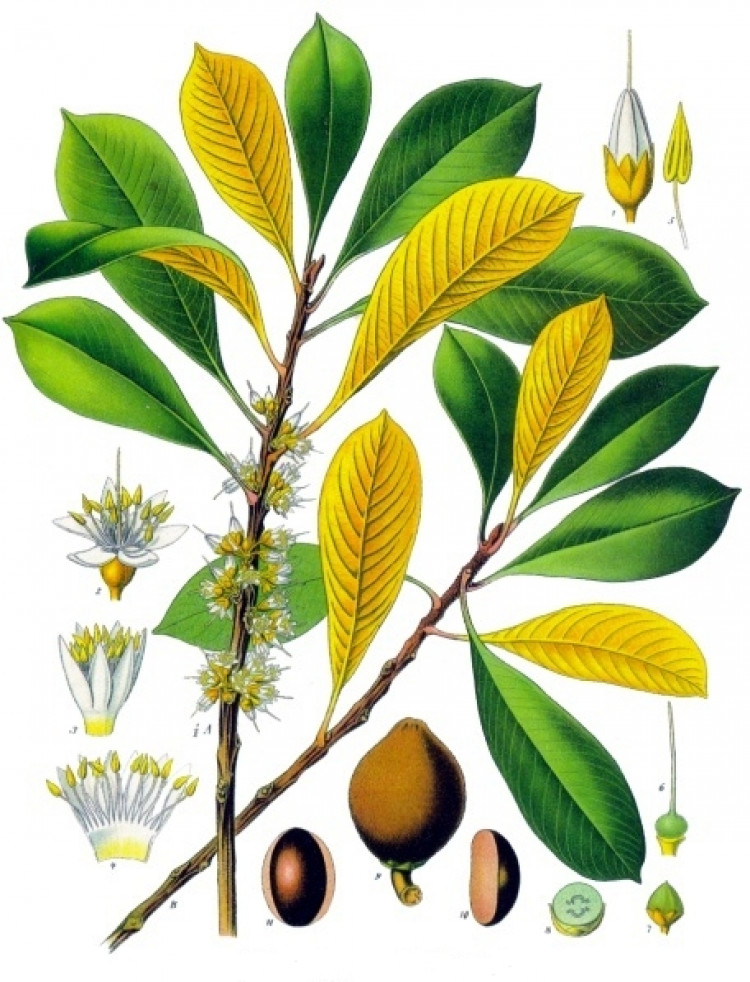Watermans present a new exhibition that reveals how a tree from Asia changed the world
By Cesar Medina 21st Feb 2024
By Cesar Medina 21st Feb 2024

Watermans Art Centre announces its new exhibition, The Pillars of Our Latex House: A thanks to the gutta-percha tree and to those who keep it.
As one of the first pilots in the Artcast4D project, artist, Tendayi Vine explores the identity of the gutta-percha tree "as a material, as a symbol, as an architect of communications and also as a figure of tension and displacement."
Artcast4D is an innovative pan-European project that combines art and immersive technology to enable people to interact with culture.
Tendayi Vine is working with the AAASeed software to create an immersive work at Watermans exploring the revolutionary impact of a Malaysian tree.
Indigenous to the Malaysian archipelago, by the 19th Century the gutta-percha tree was known for the rubber that made underwater telegraph cables a revolutionary success.
But the industry, wealth and power of this history is shared with those who knew the forests and read the signs.
And with those who continue to repair the damage today, cultivating seeds while miles of sap lines the ocean floors.
The gutta-percha tree is a species native to Malaysia and was introduced to western industrial processes in the 19th century.

Used across Asia for many years for a range of uses, the tree was harvested for wood, sap and fruit.
In Europe, the rubber/sap quickly became known for its insulating properties and malleability - and specifically became the answer to successful underwater cabling.
The use of this material advanced transatlantic telecoms and contributed to Britain's Victorian global industry, with gutta-percha becoming a common feature in everyday life (factories and businesses that would make cables but also jewellery, furniture, medical items...).
The industry around this material brought great wealth and power as industries shaped cities and empires emerged as global networks.
Unsustainable and damaging harvesting led to huge ecological damage - the effects of this are still seen today with gutta-percha regrowth programs aiming to restore species numbers.
The Pillars of Our Latex House reflects on the way the gutta-percha tree was exploited and on the meaning behind the communications system that enabled the Nineteenth Century revolution in global communications.
Klio Krajewska, Head of New Media Arts Development commented: "Watermans' new commission, as part of the ground-breaking pan-European Artcast4D project is a digital work exploring the extraordinary story of a Malaysian tree.
"Artist, Tendayi Vine uses her interest in spatial work and systems to explore the role the gutta-percha tree had in shaping global communications and will present an opportunity for audiences to experience an immersive art work."
The Pillars of Our Latex House opens at Watermans on Saturday 23 March, 4pm – 8pm with a launch event offering a chance to explore some of the issues raised by the work and the artist's' practice.
To find out more about the exhibition and Watermans, click here.
We want to provide Brentford with more and more clickbait-free local news. To do that, we need a loyal newsletter following. Help us survive and sign up for our free weekly newsletter by clicking the link HERE.
CHECK OUT OUR Jobs Section HERE!
brentford vacancies updated hourly!
Click here to see more: brentford jobs
Share:


